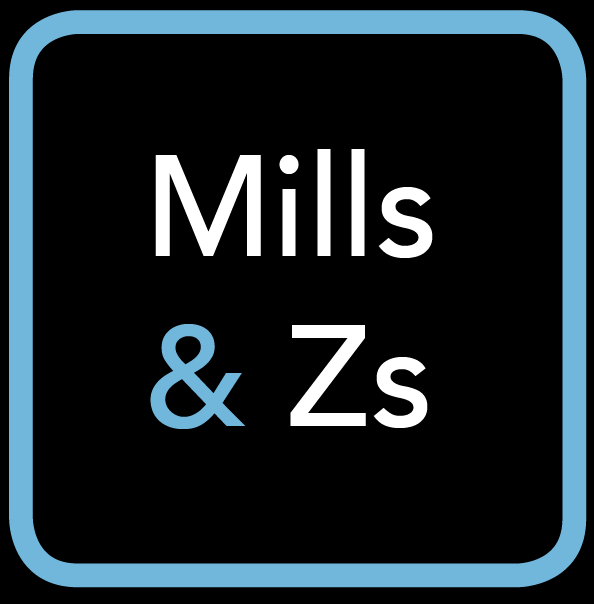Millennials are not Zs. Zs are not Millennials.
But one thing's for sure, between them they represent about 50% of the population, so it pays to know what motivates them. Combine that knowledge with a proven design sprint process, a solid facilitator and time to focus and suddenly the solutions become clear.
What's a Design Sprint?
A Design sprint is a time-constrained, five-phase process that uses design thinking to reduce the risk when bringing a new product, service or a feature to the market.
The phases of a design spring are:
- Understand: Discover the business opportunity, the audience, the competition, the value proposition, and define metrics of success.
- Diverge: Explore, develop and iterate creative ways of solving the problem, regardless of feasibility.
- Converge: Identify ideas that fit the next product cycle and explore them in further detail through storyboarding.
- Prototype: Design and prepare prototype(s) that can be tested with people.
- Test: Conduct 1:1 user testing with (5-6) people from the product's primary target audience.
When should you consider a design sprint?
- Are you launching a new product or a service?
- Are you extending an existing experience to a new platform?
- Do you have an MVP but need an injection of UX / UI Design?
- Are you considering adding new features and functionality to your product?
- Does your product have opportunities for improvement (e.g. a high rate of cart abandonment?[3])
- Do you want to empower your team and increase sharing and collaboration?[4]
What are the deliverables?
- Findings from the sprint (notes, user journey maps, storyboards, information architecture diagrams, etc.)
- Prototypes
- Report from the user testing with the findings (backed by testing videos)
- A plan for next steps
Who should participate?
The ideal number of people involved in the sprint is 4-7 people[9] and they include the facilitator, designer, a decision maker (often a CEO if the company is a startup), product manager, engineer and someone from companies core business departments (Marketing, Content, Operations, etc.).
Where do are they held?
Our primary facility is in Minneapolis. But we can travel where ever you need us to. Sprint may take place on site bur often are better at an outside location to limit distractions.




